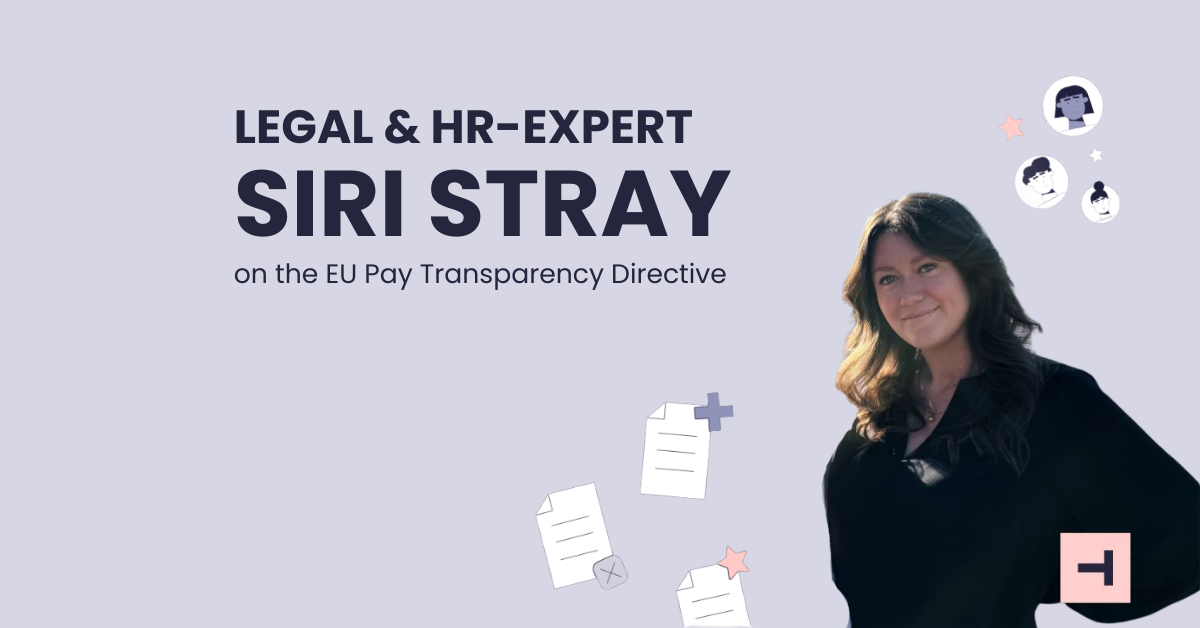In marketing, a lead is an established term that describes a potential customer. In recruitment, a lead is becoming a more common term to describe a potential hire.
Recruitment has been adapting strategies from marketing and are continuing to bring in elements that supports their goals. Lead Generation is the strategy used for building pools of potential customers, or in this case, potential hires.
The benefits of proactive recruiting and building talent pools are quite well-known by now. However, with a job market that has caused a rapid movement of candidates during 2020, employers have experienced a steady stream of qualified applicants more than before. This poses a risk for employers to neglect their proactive recruitment strategies so we might need a reminder of the long-term benefits.
Building talent pools
Generating more high-quality leads to put in your talent pool is beneficial in several aspects as it tends to result in both; faster time-to-hire, lower cost-per-hire, strengthened employer brand, more accurate recruitments and improved candidate experience. To summarize, it allows you to fill your vacant positions using less resources. Traditional marketing leads are scored based on how well they fit the company's buyer persona. In recruitment, you should instead have a candidate persona to score your leads from. Start with: Who are you looking for? What skillset? Why do they want to work for you? The key to generate recruitment leads is to get people to consider you as their next employer.
There's most likely a lot of potential candidates out there that would be interested in you as their next employer, but they're not always looking for a new job right now. These are the leads you want to build your talent pool with.
Recruiting lead vs candidate
Depending on what candidate persona you're using you might want to apply different recruitment strategies. A recruitment lead is not the same as a traditional candidate and should not necessarily be approached and processed in the same way. Recruitment leads usually possess a rare skill-set or specific experience that is attractive and hard to find.
To gain their interest in the first place you need to reach out to them with the right content. As they're attractive for lots of employers, they're typically overwhelmed with content and they quickly filter it out. They're not your typical applicant so you'll have to engineer a recruitment funnel to fit their short attention span and keeps them motivated along the way.
So, what's the right content, most fitting recruitment funnel and best lead generation strategy? It all depends on how you define your candidate persona. It can be a time consuming and resource demanding work to begin with but putting in frameworks to enable continuous development of your proactive recruitment and talent pools will provide great value in the long term.
Don't know where to begin? Start with asking your current employees that fits your most important candidate persona how they would describe themselves and what makes them want to work at your company. They are the best source to help you understand what relevant content and communication channels to use. After that, re-define your candidate persona and clearly communicate it to everyone in the organization. This will enable all employees to support the recruitment efforts and to reach your company's overall goals.
Teamwork makes the dream work!



.png)

